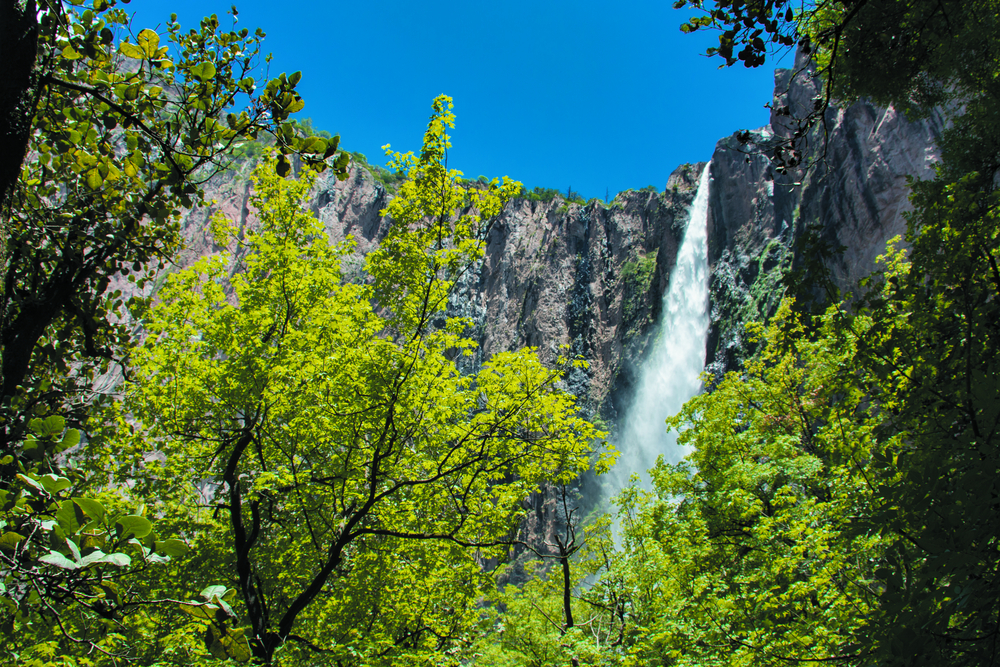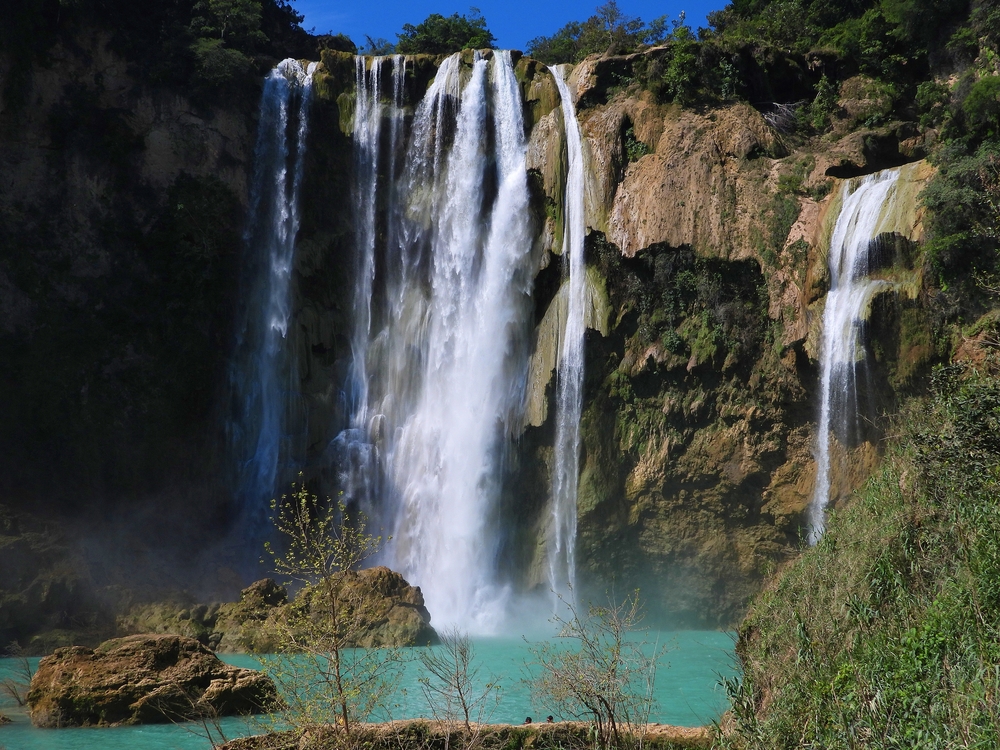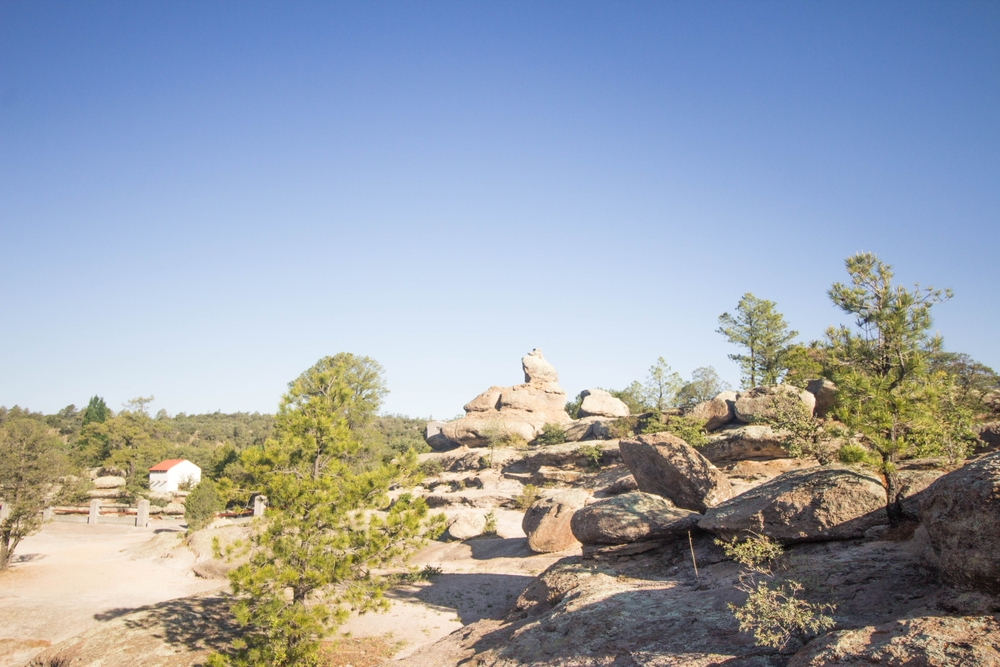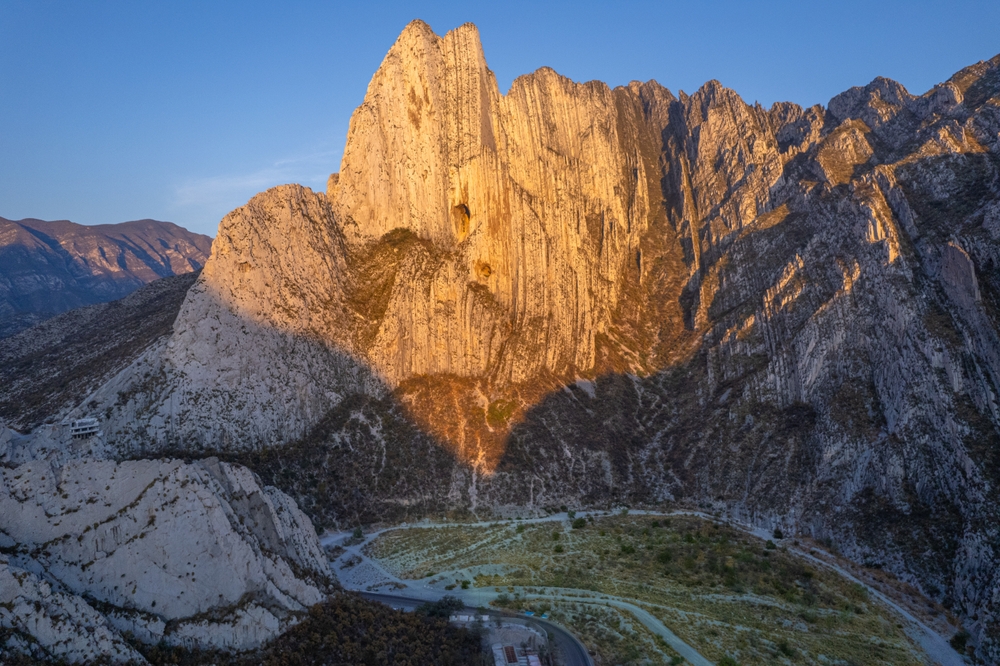El Sabinal Overview
El Sabinal National Park, or Parque Nacional El Sabinal in Spanish, is a small but ecologically significant protected area in the state of Nuevo León, Mexico.
Covering approximately 3.6 square miles (9.3 square kilometers), this park is one of the country’s oldest protected areas, established to preserve its unique sabino (Montezuma cypress) forest. Located near the town of Cerralvo, the park provides a vital refuge for regional flora and fauna while offering visitors an immersive experience in a rare riparian ecosystem.
The park’s terrain is characterized by lowland floodplains interspersed with dense clusters of Montezuma cypress trees, known for their towering height and massive, gnarled trunks. These trees thrive in the humid conditions created by the Río Pesquería, which meanders through the park and sustains its ecosystem.
The landscape is further enriched by grassy meadows and seasonal wetlands, which contribute to the biodiversity found within this small yet vital habitat. Unlike Mexico’s more mountainous or arid national parks, El Sabinal provides a unique contrast with its lush, shaded groves and tranquil waters.
El Sabinal National Park is home to a variety of wildlife, with bird species being particularly prominent. Among the notable birds found here are great kiskadees, green kingfishers, and black-bellied whistling ducks, which frequent the riverbanks and wetland areas.
The park is also home to mammals such as white-tailed deer, armadillos, and raccoons, which navigate through the dense vegetation. Reptiles and amphibians, including various species of frogs and turtles, thrive in the park’s humid environment, making it a vital area for herpetological diversity. The abundance of birdlife makes the park an excellent destination for birdwatchers seeking to observe regional and migratory species in their natural setting.
One of the park’s most beloved features is its towering Montezuma cypress trees, some of which are centuries old. These ancient trees, with their wide trunks and flowing canopies, create a cathedral-like atmosphere that attracts nature lovers and photographers alike.
The Río Pesquería further enhances the scenic appeal of the park, offering reflective waters that contrast beautifully with the deep greens of the foliage. Visitors often explore the area through shaded trails that wind through the groves, providing peaceful walks and opportunities to appreciate the biodiversity up close.
El Sabinal National Park offers various ways for visitors to engage with its natural beauty. Walking and hiking are among the most popular activities, with well-maintained trails that allow guests to immerse themselves in the dense, cool forest. Birdwatching is another highlight, as the park serves as a seasonal home for migratory species.
Picnicking areas provide a relaxing way to enjoy the scenery, and the park is a favored spot for families and nature enthusiasts seeking a tranquil escape from urban life. Environmental education programs and guided tours further enrich the visitor experience by sharing insights into the park’s ecological importance and conservation efforts.
The park faces conservation challenges, primarily due to human encroachment, illegal logging, and water management issues that impact the delicate riparian ecosystem. The preservation of the Montezuma cypress forest depends on maintaining water flow from the Río Pesquería, which has been affected by regional agricultural and urban development.
However, conservation efforts led by local authorities and environmental organizations have helped to raise awareness and implement protective measures. Restoration projects and habitat monitoring have contributed to the park’s ongoing preservation, ensuring that future generations can continue to experience this rare and historic natural area.














































































